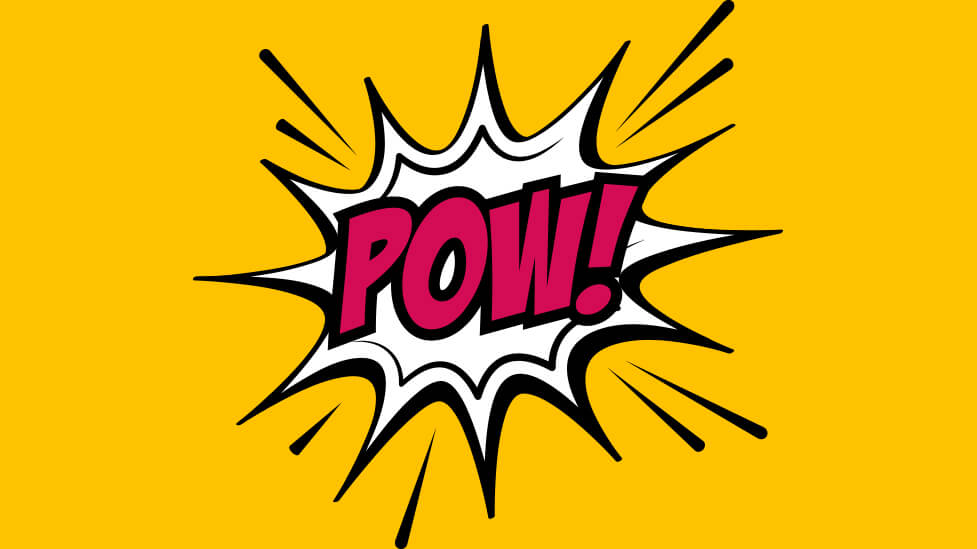Employee Engagement – Gamification: A winning strategy?
Employee Engagement – Gamification: A winning strategy?

Gamification – ignore the ‘game’ in the name
Including gamification as a key element in your employee engagement strategy could really boost engagement levels across businesses of any size.
Read on to see why you should consider gamification when thinking of ways to support growth and development of individuals, teams and businesses.
Show of hands if you like to have fun, celebrate, be rewarded for your efforts. Yes? Perhaps you’ve never thought about asking your employees the same question, but the answer is highly likely to get everyone nodding in unison. And that’s where gamification can help as a key element in your employee engagement strategy.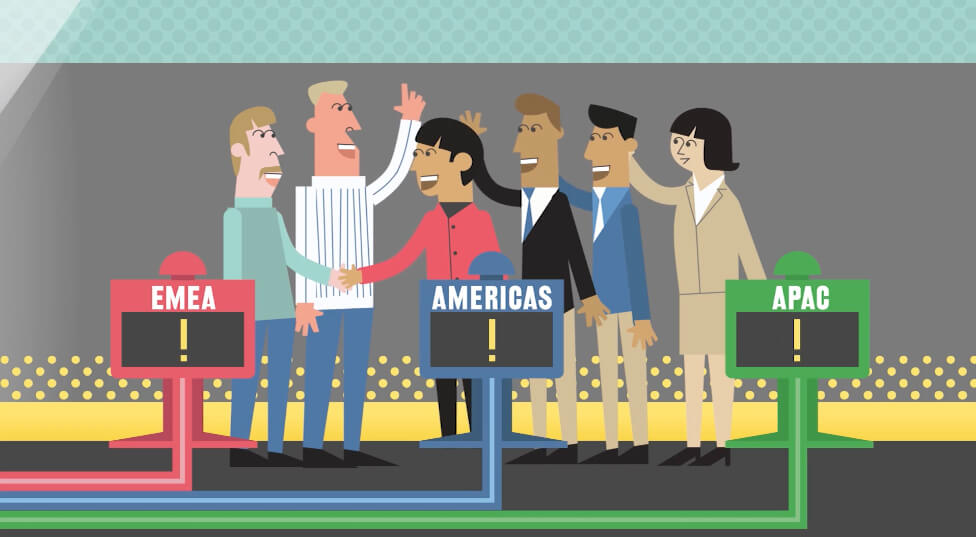
So what exactly is gamification?
Press rewind back to the early 2000s, when computer programmer and game developer Nick Pelling (you may have heard of Mortal Kombat II or Championiship Manager 5?) coined the term as part of his new business model – Conundra.
Relying heavily on digital technology and what kind of user experience it offers, gamification quite simply consists of applying the same principles and mechanics that make up the foundations of any game:
- a clearly defined set of rules and goals
- achievements or wins, in teams or as individuals
- real time feedback
- reward and recognition, with success measured by
- scoring points
- incentivising
- advancing through a series of levels with increasing levels of difficulty
- badges, medals, stickers
All these elements play a part in encouraging participation and a constant desire for improvement from your audience, helping you achieve a specific business goal.
That goal may be to acquire new customers with, say, an awareness campaign that will get everyone talking and buying; or it may be that you need new ways to encourage employee engagement internally.
Here we’ll be focusing on gamification applied to goals specific to the workplace. And you may be thinking “But surely if I need to get my people to engage more in company initiatives, and with each other, I shouldn’t be asking them to look at yet another screen? Won’t gamification make everyone more detached, less human? It may even make me, as an HR or internal comms professional, a little redundant?”
Far from it.
We all depend on technology outside the workplace, whether we enjoy it or not, we’re used to it: we may be measuring our performance while training to achieve our next personal best, or we may be planning our next holiday, or even expressing our political views.
Technology can greatly amplify motivation: “not only am I a master at this game, I’m a master at this new technology that’s been made available to me”. And a motivated workforce is a productive workforce.
The very essence of gamification appeals to the most human instincts and triggers strong emotional reactions – constant drive to do better, feeling we’re surrounded by people with similar goals, fostering team spirit, or a healthy dose of competition, a sense that those around us really care, and a quest for having a bit, or a lot, of fun in everything we do.
And that mix of self improvement, excitement, competition, reward, emotion, and fun will undoubtedly increase employee engagement levels.
Intrinsic motivators
We can group the various elements that make a success of gamification as part of an effective employee engagement strategy into five main intrinsic motivators:
- Autonomy – I control (I’m allowed to control)
- Mastery – I improve (These newly-gained skills are with me forever)
- Purpose – I make a difference (I’m needed)
- Progress – I achieve (I’m winning)
- Social interaction – I connect with others (I’m not alone)
It’s simple really: when employees feel happier in the workplace they engage more, and are naturally more productive; global teams that may have never met identify with each other and feel united under a common goal; word gets out and the best talent joins, and stays.
The result? Company performance is strengthened.
Sounds good, but how is it all done?
We’ve selected 4 examples where we’ve helped our clients engage their teams through the principles of gamification, whether applied in its pure form, or as a source of inspiration.
1 – Opening 59,000 doors to a world of new opportunities
That’s what we helped AstraZeneca do with a web app that allowed over 59,000 employees worldwide to take control of their career progression. The user-friendly and visually engaging app made it easy – and fun – to find the wide range of internal opportunities available.
Opening Doors not only encouraged employees to future-proof their careers, it also fostered a sense of true teamwork, with employees being able to apply to be a mentee or a mentor. The app also helped HR teams manage the internal recruitment programme and application process efficiently across multiple global locations and into the future, thanks to functionality that allowed for continuing employee support throughout their careers.
A constant source of employee satisfaction, collaboration and eagerness for improvement as staff are able to acquire new skills, Opening Doors continues to have a direct positive influence on the company’s performance.
Want to see how it all works and how Opening Doors helps foster a culture of education and upskilling? Have a look at our detailed case study.
2 – Plus 1 – A global employee referral programme that makes it personal
The concept of gamification was one of the key elements in +1, an internal employee referral programme that helped our client realise an increase of over 1000% in the number of referrals received in one quarter vs. the same period the previous year.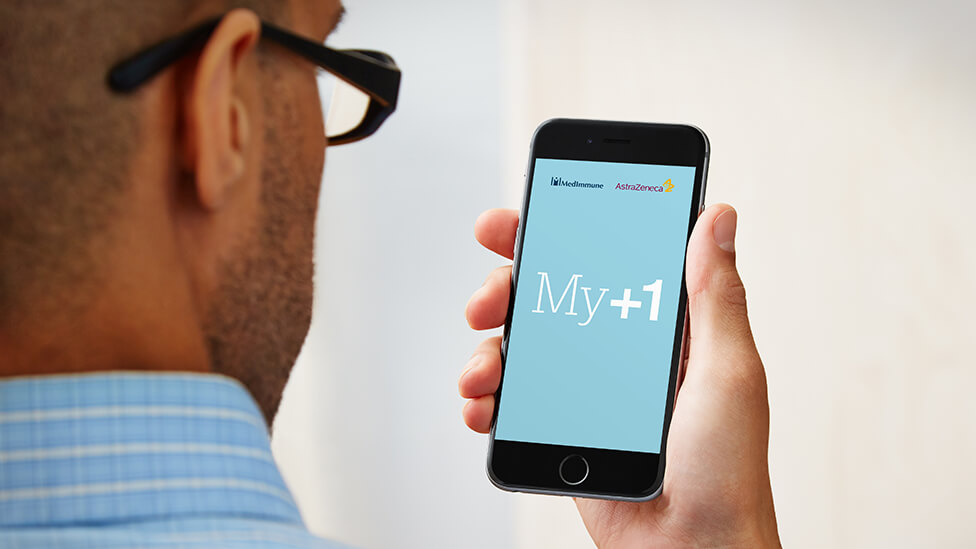 +1 is inclusive. The concept is inspired by the feeling of making someone feel special, appreciated and trusted to invite someone who they, in turn, trust. It fills employees with confidence, it empowers them.
+1 is inclusive. The concept is inspired by the feeling of making someone feel special, appreciated and trusted to invite someone who they, in turn, trust. It fills employees with confidence, it empowers them.
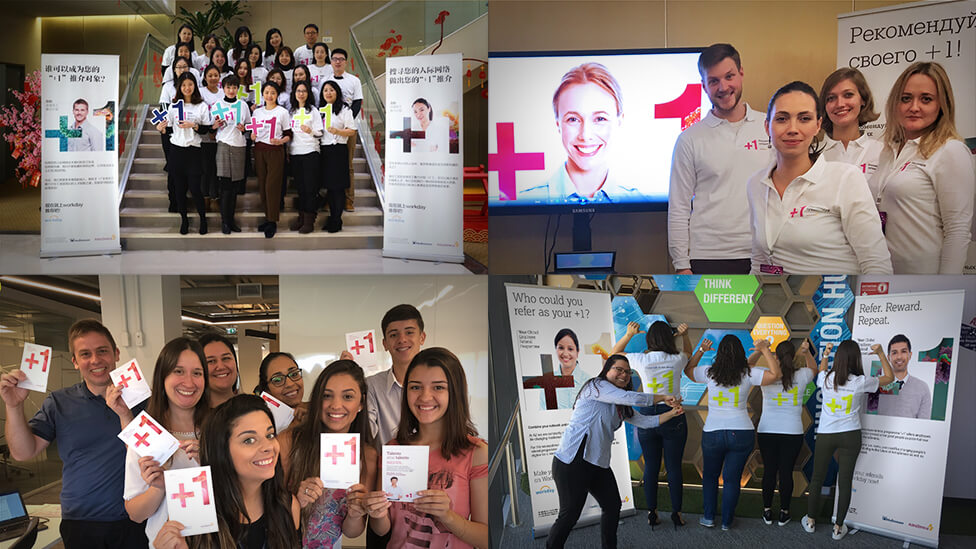
Rewards and incentives played a major part in the employee engagement strategy as individuals felt appreciated for the time and effort invested.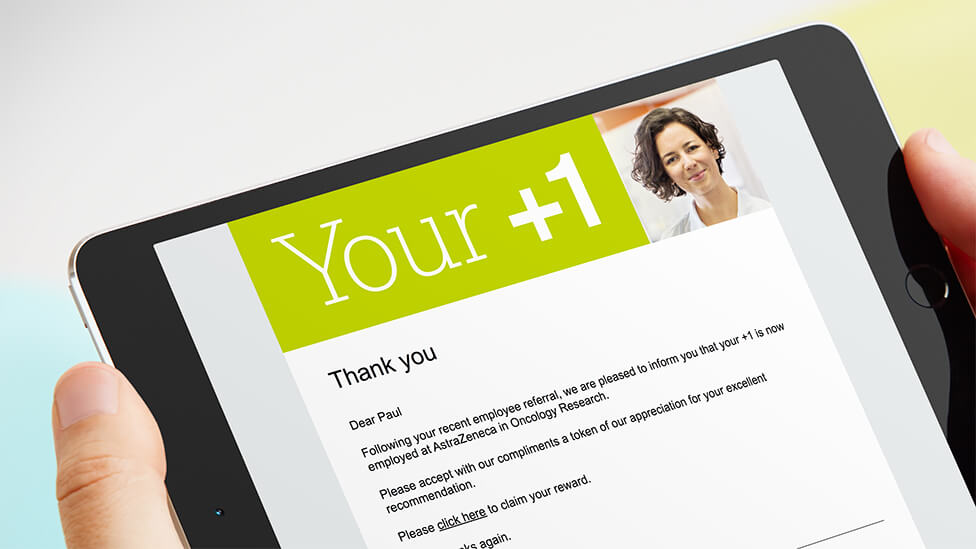
Focused on diversity and inclusion, +1 maximises engagement and take-up across the organisation by being available in as many as 10 languages.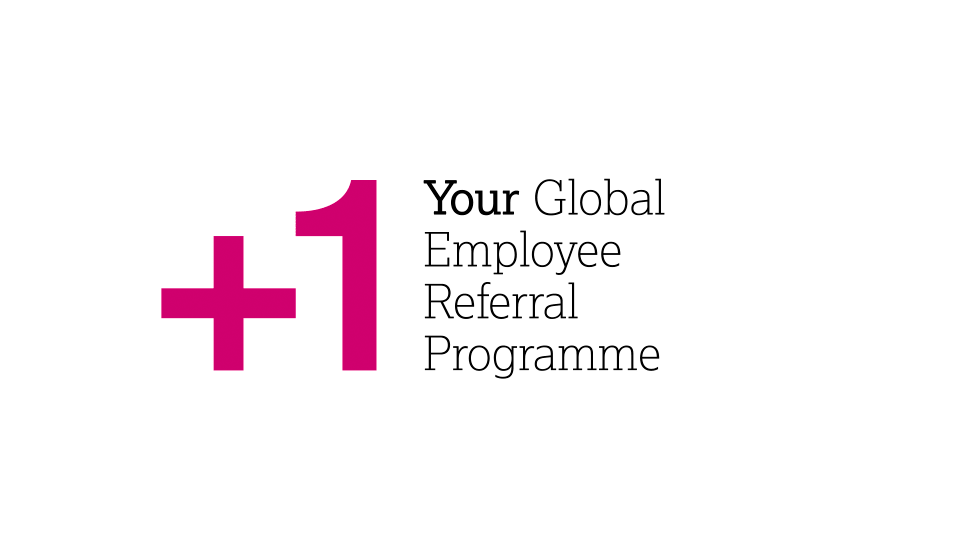 Intrigued? Have a look at the case study.
Intrigued? Have a look at the case study.
3 – One universally recognised format, 35 countries and 8,000 employees united by the same goal
Let’s pause pure gamification for a moment, and focus instead on a traditional game show format.
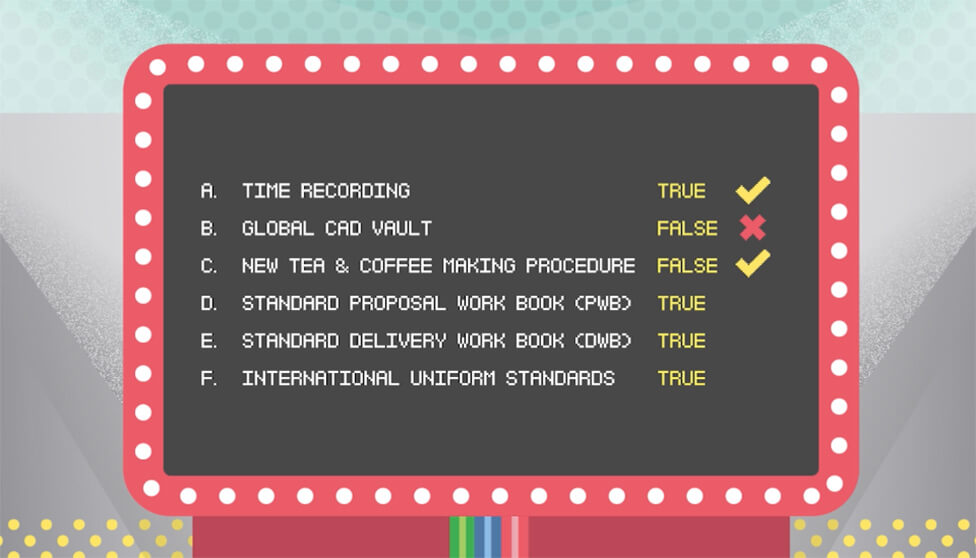
That’s the approach we took when SPXFLOW needed to encourage global teams to come together as one, following a company restructure.
Led by a strong fingerprint identity and a playful animation, this global engagement campaign communicates the strength of diversity and teamwork to deliver results.
The universally recognisable game show concept and the tongue-in-cheek tone of the materials helped SPXFLOW audiences worldwide immediately feel connected and familiar, ready to engage with new colleagues – receptive to the new company dynamics.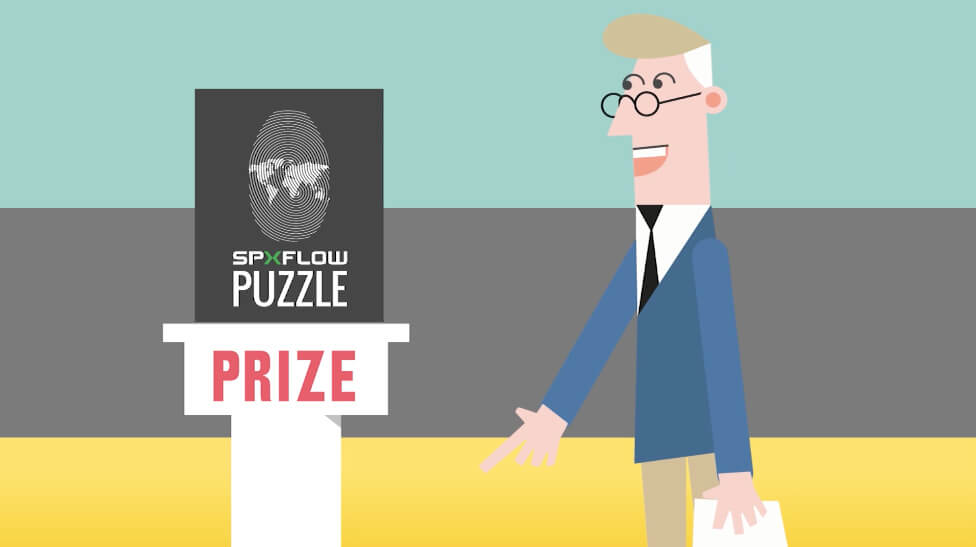
Find out more here.
4 – A cost-effective employee awards solution that gets everyone’s vote
How do you get a global workforce to engage in a company-wide initiative to recognise their colleagues’ efforts, all while keeping costs to a minimum?
Give them an app that connects them all. The game-like mechanics will inspire them to take full ownership of the nomination process.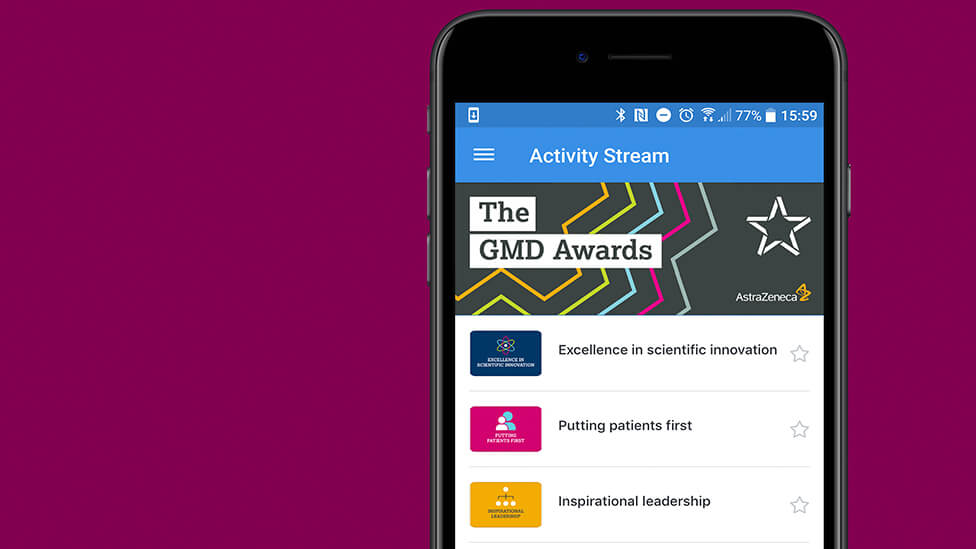
Peer nominations – visible to all – flooded in from 1,500 employees. Thanks to a simple yet engaging interface and an intuitive user experience, staff were able to interact with colleagues in the run-up and during an award ceremony that was broadcast live to 8 global locations.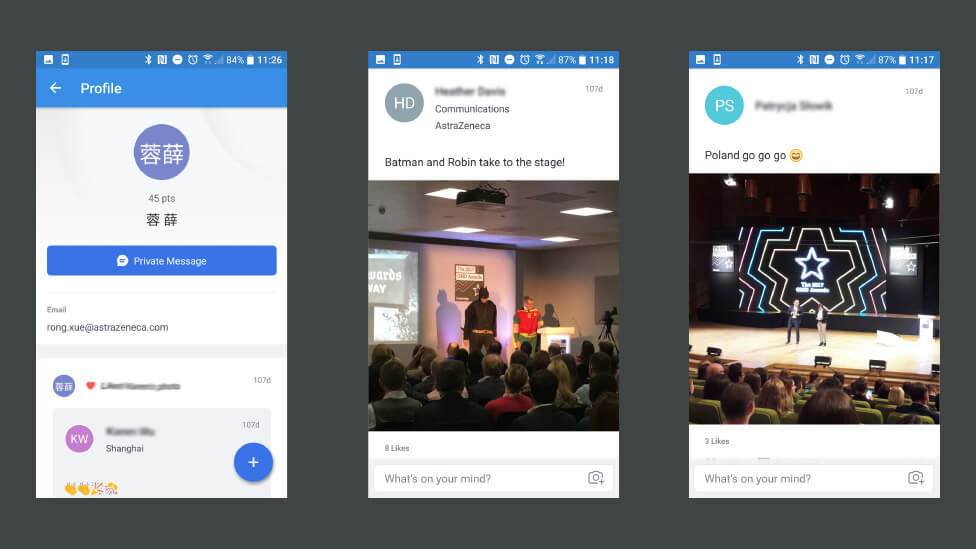
The vibrant app helped instil a sense of energy and enthusiasm, teamwork and desire to participate in the initiative in a cost-effective way. It also succeeded at communicating that the essence of our client’s success rests in constant innovation and trust in their staff.
Want to know more?
Game over? Game on!
So, in summary, engagement, motivation, ownership, learning, competition, rules, development, reward and incentive, celebration, feedback, fun – all key elements in gamification.
And with 82% of employees feeling happier at work, 84% feeling more engaged, and 87% agreeing that gamification has a positive impact on their productivity levels, this fun and measurable tactic may just be what pushes your employee engagement efforts to the next level, helping you align your teams to your business goals and vision.